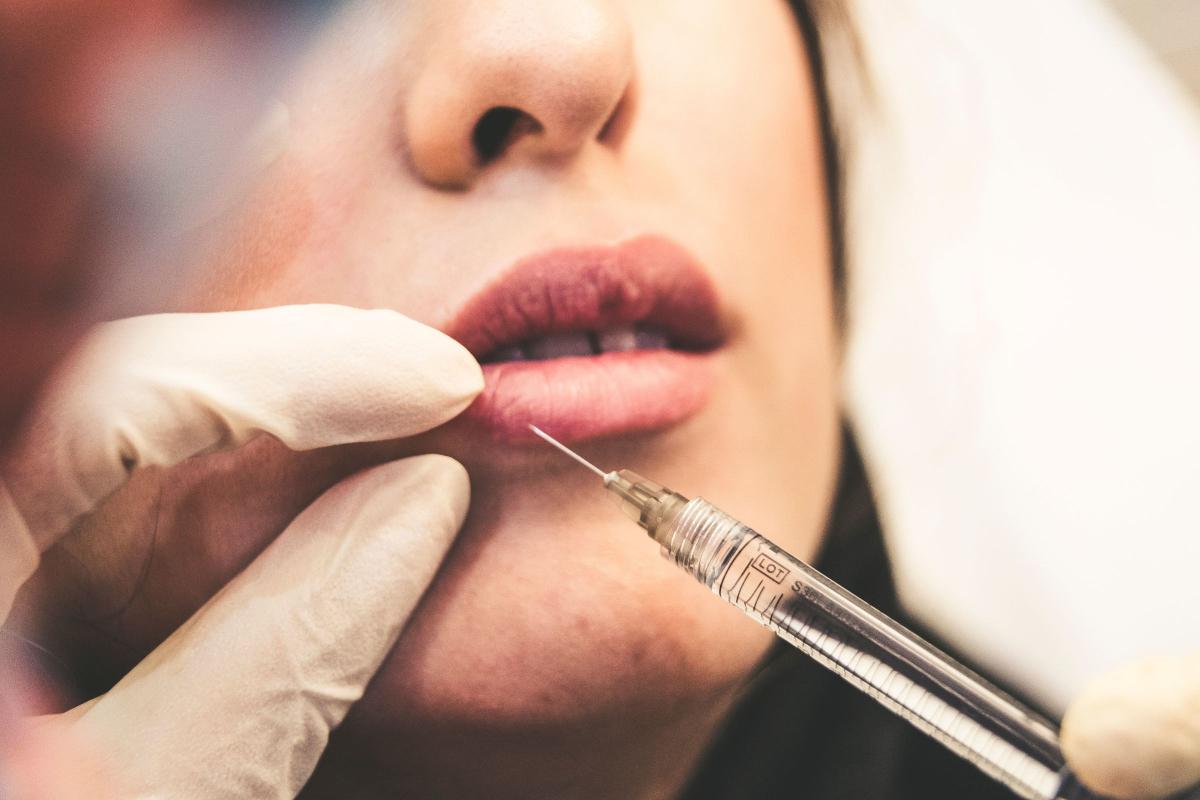Notifications

7 minutes, 24 seconds
-12 Views 0 Comments 0 Likes 0 Reviews

Dermal fillers have become a popular solution for individuals looking to restore volume to their face, smooth out wrinkles, or enhance facial contours. While these treatments are generally considered safe, it’s important to understand that, like any cosmetic procedure, there are potential risks involved. One such concern is the possibility of allergic reactions to dermal fillers.
In this article, we’ll explore whether dermal fillers can cause allergic reactions, the factors that contribute to these reactions, and how to minimize the risks.
Dermal fillers are injectable substances used to restore lost volume, smooth out fine lines, and plump areas of the face. Common types of dermal fillers include hyaluronic acid (HA), calcium hydroxylapatite, poly-L-lactic acid, and autologous fat injections. These fillers vary in their composition, with some being derived from natural substances like hyaluronic acid, while others are synthetically produced.
While they are widely used for aesthetic purposes, dermal fillers can sometimes cause side effects, including allergic reactions. But how common are these reactions, and what causes them?
Allergic reactions to dermal fillers are relatively rare but not impossible. Most modern dermal fillers are made from biocompatible materials, meaning they are less likely to provoke an allergic response. However, individuals with a history of allergies or certain sensitivities may be at a higher risk of experiencing side effects.
Different types of dermal fillers contain different ingredients, and some people may be allergic to the components of a specific filler. For instance, hyaluronic acid-based fillers are generally well-tolerated since hyaluronic acid is naturally found in the body. However, some fillers may contain additional ingredients, such as lidocaine (a local anesthetic), cross-linking agents, or synthetic materials that could cause a reaction in sensitive individuals.
People with a history of allergies to certain substances, such as animal products or specific medications, may be at a higher risk. While most dermal fillers today are made from non-animal-based hyaluronic acid, certain fillers may still contain trace elements from animal-derived sources. This is particularly relevant in the case of collagen-based fillers, which are made from bovine (cow) collagen.
Individuals with certain skin conditions, such as eczema or psoriasis, may be more prone to developing allergic reactions when using dermal fillers. These conditions can compromise the skin’s protective barrier, making it more susceptible to irritation.
Allergic reactions can also be influenced by the area being treated. The skin on the lips and around the eyes is more sensitive compared to other areas of the face, and reactions might be more noticeable in these regions.
While allergic reactions to dermal fillers are rare, they can happen. Symptoms may vary depending on the severity of the reaction. Some of the most common signs include:
While allergic reactions are uncommon, there are steps you can take to reduce your risk:
The best way to minimize the risk of complications is to ensure that your dermal filler procedure is performed by a qualified, experienced practitioner. They will assess your medical history, review your allergies, and select the appropriate filler for your needs.
Some practitioners may recommend a patch test before the full treatment to check for any allergic reaction. A small amount of the filler is injected into an inconspicuous area to observe any potential side effects.
It’s essential to discuss the ingredients of the filler with your provider before the procedure. If you have known sensitivities to certain substances, ensure that your practitioner selects a filler that doesn’t contain those ingredients.
After the procedure, pay attention to any unusual symptoms that may arise, such as excessive swelling, redness, or tenderness. If you notice anything concerning, contact your practitioner immediately.
While allergic reactions to dermal fillers are rare, they are a possibility for certain individuals. The risk is typically low, especially with modern fillers that are made from biocompatible and hypoallergenic materials. However, people with a history of allergies or specific sensitivities should take precautions and consult with a qualified healthcare provider before undergoing treatment. By taking the right steps and choosing the right practitioner, you can minimize the risk of an allergic reaction and enjoy the benefits of dermal fillers with peace of mind. learn more here - https://drkasia.co.uk/treatments/dermal-fillers

